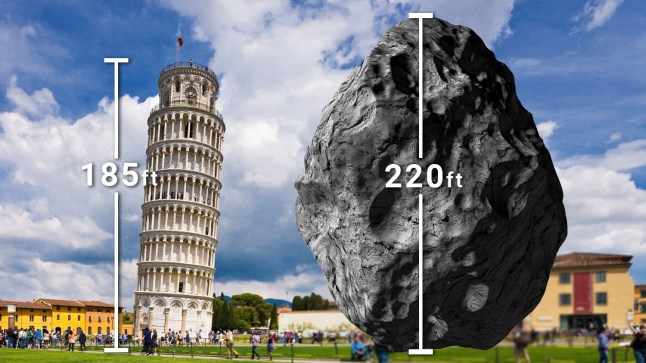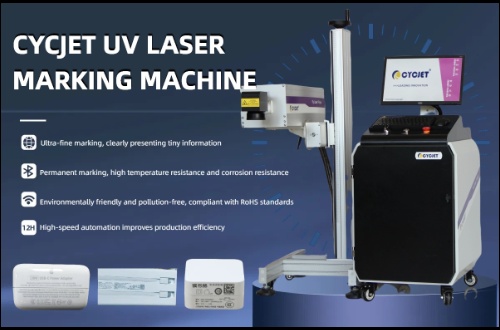Fri Jul 25
Advantages of single-sided radial clamping of plate bending machine
 2020-10-13
2020-10-13
From the analysis of several aspects such as the connection of the plate bending machine, the stress status, and the process of the plate bending machine, it can be seen that the single-sided radial clamping has the following advantages:
(1) limits the bending and upturning phenomenon when the bar is rolled, and greatly improves the quality of the rolled plate.
(2) The radial clamping coil changes the stress condition of the material, effectively suppresses the onset of the oblique crack on the surface and the direction of the crack propagation, and improves the section quality of the blank.
(3) The radial clamping of the bar to the coil eliminates the cause of the inclination of the bar section of the coiled plate by the coiling machine from a few connections.

Follow the rolling process, and the cracks at the cutting edge will continue to expand under the effect of force, and when the tensile effect is overpowered, it appears. From the above analysis, we can draw the following conclusions. The section quality of the blank after the bar is rolled is related to many factors, but the primary factor that affects the section quality is the force condition of the cutting edge attachment data. The bar has tortuosity and upward warping. The material on the cutting edge is not uniformly stressed. The data not only moves in the circumferential direction, but also moves in the axial and lateral directions. After the rolling, the rough section has severe collapse angle, and the unevenness of the section is uneven. The ovality is severe. When clamping the coil, due to the effect of the clamping force, the bending and upward warping of the bar can be eliminated, so that the material of the cutting edge is in an ideal pure coil condition, and the material is only affected by the effect of compressive stress. The lateral and lateral movement are restricted by the compressive stress and disappear at all. If the axial clearance of the moving and static rolling blades is reasonable, the coil crack will extend straight along the predetermined coil surface, and there will be no crack branching.
The coiled blanks used in the fine processing technology of the coiling machine, such as precision forging or extrusion, generally require small weight, small collapse angle, flat section and straight axis. But so far, there has not been a unified standard for the requirements of different fine processing technology on the quality of the blank. In the actual production, the first investigation △V, A and s. △V is the volume error of the coiled blank, A is the inclination of the section, and S is the ellipticity of the section. The bar stock produced by the fine coiling of the bar stock generally requires that the section inclination should not be greater than, and the component error of the produced blank should not be greater than 0.8%. The bar stock produced according to this specification can meet the requirements of general fine processing technology. In practice, it will not cause a decrease in die life due to a large volume error or a small volume error that constitutes insufficient lateral extrusion. Under the effect of pressure, the material is squeezed by the surface of the rolling blade to form a bright band.
Disclaimer: This article is reproduced from other media. The purpose of reprinting is to convey more information. It does not mean that this website agrees with its views and is responsible for its authenticity, and does not bear any legal responsibility. All resources on this site are collected on the Internet. The purpose of sharing is for everyone's learning and reference only. If there is copyright or intellectual property infringement, please leave us a message.



